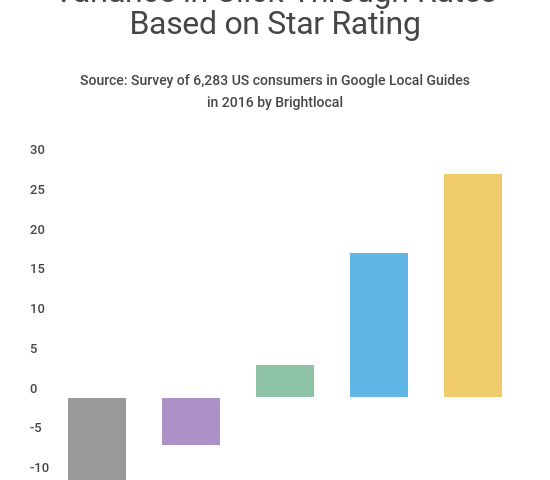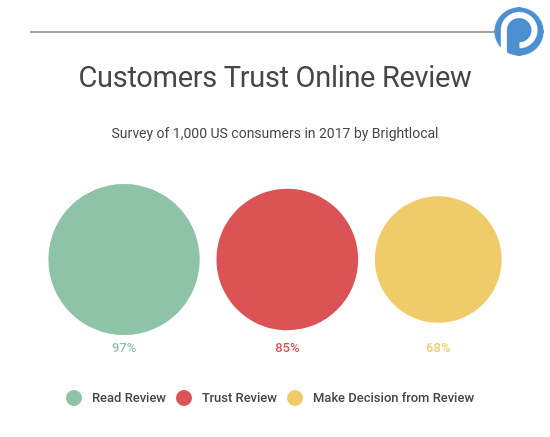- Have any questions?
- [email protected]
How to Bounce Back from Negative Publicity and Strengthen Your Online Reputation

SCARCITY AND LOSS AVERSION
November 27, 2023
Reciprocity in Digital Marketing
November 28, 2023The Art of Damage Control
In today’s digital age, negative publicity can spread rapidly across the internet and cause significant harm to a business’s reputation. However, with the right approach, businesses can bounce back from negative publicity and strengthen their online reputation. In this article, we will discuss the art of damage control and share strategies for recovering from negative publicity and improving your brand’s online presence.
Assessing the Impact of Negative Publicity
Understanding the extent of the damage
The first step in bouncing back from negative publicity is to assess the extent of the damage. This involves reviewing the negative content, determining its reach, and evaluating its potential impact on your business. Understanding the severity of the situation can help you develop an appropriate and effective response strategy.
Identifying the source of the negativity
It is essential to identify the source of the negative publicity, whether it is a disgruntled customer, a competitor, or an employee. Knowing the source can provide valuable insights into the underlying issues that need to be addressed and help you develop a targeted response strategy.
Strategies for Bouncing Back from Negative Publicity
Responding promptly and professionally
A timely and professional response is crucial for mitigating the impact of negative publicity. Address the situation head-on, acknowledging any mistakes or shortcomings and outlining the steps you are taking to rectify the issue. A sincere and transparent response can help rebuild trust with your audience and demonstrate your commitment to improvement.
Engage with your audience
Engaging with your audience, both supporters and critics, is essential for rebuilding your brand’s reputation. Respond to comments, messages, and reviews, demonstrating that you value feedback and are committed to addressing any concerns. By actively engaging with your audience, you can foster open communication and create a sense of goodwill.
Leverage positive publicity
To counterbalance negative publicity, highlight your business’s positive achievements, and share success stories. Share testimonials, case studies, and positive news across your website, blog, and social media channels. By focusing on the positive aspects of your business, you can help shift public perception and rebuild your brand’s image.
Implement a proactive online reputation management strategy
Recovering from negative publicity requires a proactive approach to online reputation management (ORM). This includes monitoring your online presence, engaging with your audience, and creating and sharing valuable content. Continuously evaluate and adjust your ORM efforts to ensure your brand’s reputation remains strong and resilient.
Learn from the experience
Negative publicity can provide valuable lessons for businesses. Use the experience as an opportunity to identify areas for improvement and implement changes to prevent future issues. By learning from the experience and demonstrating a commitment to improvement, businesses can bounce back stronger and more resilient than before.
Conclusion
While negative publicity can be damaging, it does not have to be a death sentence for your business. By assessing the impact of the negative publicity, responding promptly and professionally, engaging with your audience, leveraging positive publicity, implementing a proactive ORM strategy, and learning from the experience, businesses can bounce back and strengthen their online reputation. The art of damage control requires vigilance, responsiveness, and adaptability, but with the right approach, businesses can overcome negative publicity and emerge even stronger in the ever-evolving digital landscape.


